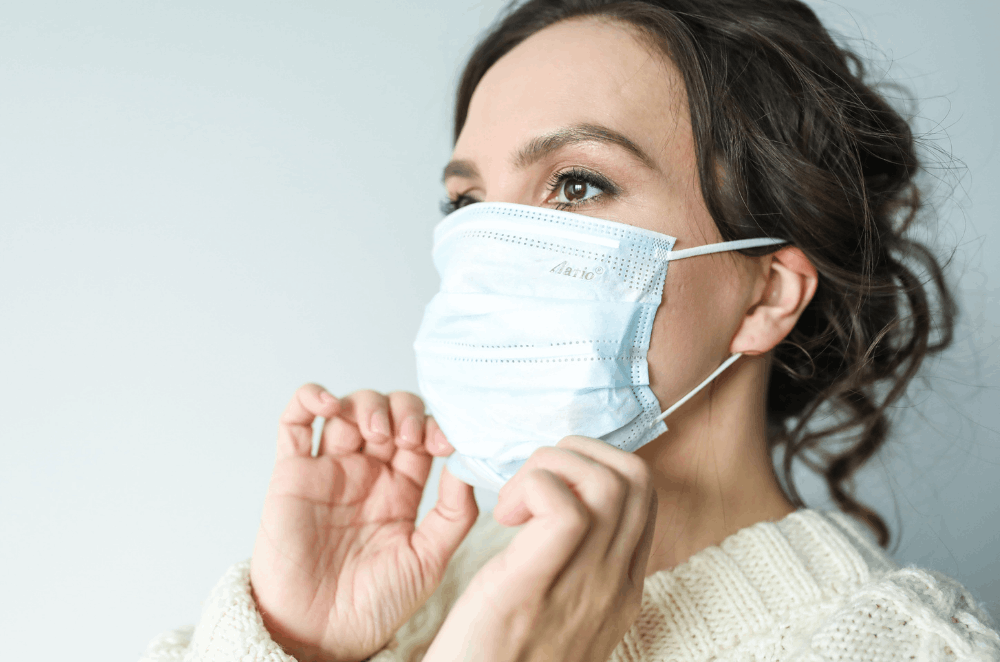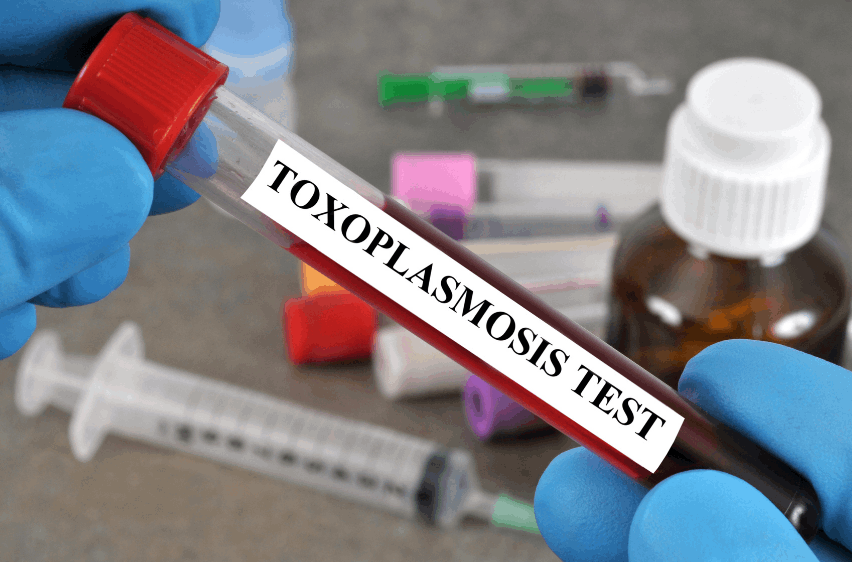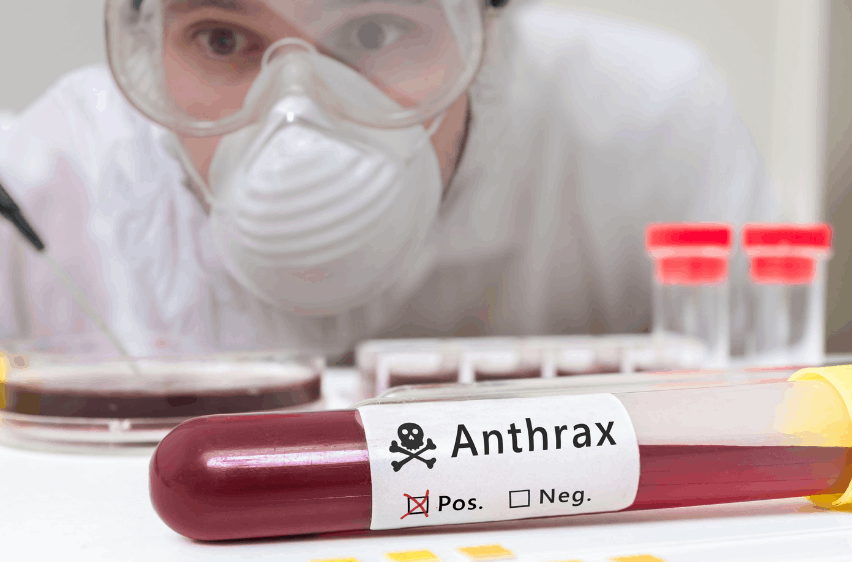You can get many diseases from animals; some of these diseases have mild effects, but some might be lethal to humans. The current pandemic virus was first discovered at the end of 2019 in Wuhan, China, where authorities believe the cause is connected to a fish market.
Experts then discovered that the disease originated in bats. Zoonoses are viruses that are transmitted from species to species. More than three dozen viruses are caught through direct contact, and many more are caught due to animal bites.
Disease-carrying pathogens, on the other hand, aren’t picky with their hosts. Human infections, as well as well-intentioned practices like ecotourism, will annihilate animals. This article will give you more information about the five most unknown diseases caused by animals.
- West Nile Encephalitis
- Toxoplasmosis
- Cat-Scratch Disease
- Tularemia
- Anthrax

West Nile Encephalitis
In the United States, the West Nile virus, also known as WNV, is the most common mosquito-borne infection. New York City was the focal point of the epidemic crisis in 1999. People were hospitalized with influenza, which aggravated their brains. Several crows in the area and other bird species at the Bronx Zoo died at the same time.

The West Nile virus, which was mainly present in Africa and Asia at the time, was the source of both of these circumstances. People are most often contaminated by being bitten by an insect bite. The virus spread by mosquito bites slaughtered millions of species in the United States, Mexico, and Canada.
The infection has been found in 48 insect species and 250 birds, and it rarely spreads to people and horses. WNV cases are most common during the mosquito phase, which begins in the summer and lasts until autumn. There have been no vaccines or ways to protect or cure WNV in humans.
According to the Centers for Disease Control and Prevention (CDC), eight out of ten individuals exposed to the virus have no noticeable symptoms. Infected persons can experience fever, fatigue, muscle aches, nausea, diarrhea, and flare.
Prevention And Treatment
As previously noted, there are no vaccines available to protect ourselves against the West Nile virus. As a result, the only solution to avoid contracting WNV is to shield ourselves from mosquito bites.
Both pregnant and breastfeeding women may use EPA-registered repellents that are healthy and reliable. If appropriate, we should even cover portions of our bodies with long-sleeved shirts and pants. We should also take a few steps to prevent mosquitos and other insects from invading or lingering in our homes.
We can patch gaps in doors and windows with displays. To deter mosquitoes from producing eggs, we must disinfect everything that contains water. To guard against mosquito bites, insect nets may be placed over a bed or mattress. If the air conditioning and covered spaces are not accessible, we can sleep under a bed net.
Toxoplasmosis
Toxoplasmosis is a bacterial infection exacerbated by Toxoplasma gondii, a single-celled organism. While the disease is present worldwide, the Toxoplasma parasite may affect more than 40 million individuals in the US. If the infection is found in a pregnant mother, it may be fatal or cause severe congenital disabilities in the child.

Toxoplasma contamination may be contracted by consuming poorly cooked or infected beef, according to the CDC. It can also happen if we eat underdone, dirty meat or seafood that is not correctly washing after processing. This virus, on the other hand, can be passed down from mother to infant.
Getting an infectious emergency operation or transfusion of contaminated blood is also something we should consider, but this is an unusual occurrence. Although other cases had no effects, some people reported experiencing flu-like signs that lasted months or longer.
Prevention And Treatment
To reduce the possibility of Toxoplasmosis and other food-borne diseases, we must cook meals at high temperatures. We may also avoid pollution by preventing surface and groundwater use. When planting or working with dirt or soil, we must always wear rubber gloves because they may be polluted with Toxoplasma-infected cat feces.
On the other hand, expecting women need to stop changing cat litter. Remove latex gloves and wash your hands thoroughly with soap and water if no one else is around to do it for you. If we have house cats, keep them indoors to protect them from roaming and getting sick with Toxoplasma.
If we’ve been infected with the virus, we can be treated for Toxoplasmosis without any need for antibiotics. If we become sick, a mixture of medications such as pyrimethamine and sulfadiazine, and folinic acid will be used to cure us.
Cat-Scratch Disease
Cat scratch disease, also known as Bartonella henselae, is an infection transmitted to humans by cat scratches or bites. The majority of healthy people have no symptoms, and those who have a minor infection usually recover without treatment.

Low-grade fever, tender lymph nodes that appear 1 to 3 weeks after exposure, and purple bruises at the scratch area are all symptoms of this disease. We can develop eye problems, extreme joint pain, or brain swelling after being diagnosed with cat scratch disease. These signs, however, are very uncommon.
The disorder is most common in children under the age of 15. Infected fleas carrying the Bartonella bacteria will infect cats. During a scrape, these contaminants may be passed from a cat to a human. CSD can, however, be transmitted directly to humans through the bite of infectious cat fleas, but it has not been confirmed.
Bartonella is more likely to be carried by stray cats than by pets. If we have a weakened immune system, we must be extremely aware of our surroundings, particularly if we have a pet. Keep our pets indoors. That way, we can both protect ourselves and our cats from getting any harmful transmitted diseases, such as cat-scratch disease.
Prevention And Treatment
We can protect ourselves and the people around us from cat scratch diseases by following several tips. First, we have to avoid playing with cats, especially feral kittens, to prevent scratches. If we have a pet cat, we must treat it for fleas regularly with fipronil and other flea remedies.
Many people diagnosed with CSD have self-limited lymphadenopathy that lasts 2 to 8 weeks and does not involve medication. If we have ever had complications of the liver, spleen, or eyes, our doctors can prescribe antibiotics to treat the infection.
Tularemia
Tularemia is an infectious illness found in animals, such as squirrels, rabbits, and beavers. Skin interaction with tainted animals, consuming polluted water, and lab exposure are also possible ways to get sick.

It can live for weeks in the dirt, water, and dead bodies. As a result, it can lead to infection in a variety of ways. The way we contract the illness impacts the types of complications we experience and how serious they are. However, just because we’ve been subjected to the infection doesn’t mean we’ll get sick from it.
If we get sick after being subjected to Francisella Tularensis, we’ll probably see symptoms in 3 to 5 days, but it may take up to two weeks. Tularemia can be classified into many groups, each with its own set of symptoms. The mouth, throat, and digestive tract are all affected by Tularemia.
It’s the kind of infection that’s most commonly spread by consuming raw or infected animal products or contaminated food and water. Tularemia can be difficult to detect since the signs are identical to those of other diseases. Our specialist will conduct tests to determine whether or not the bacteria is present.
Prevention And Treatment
Tularemia is a disease that can be hard to detect. Since it is a rare condition, the indications could be confused with other, more infectious ailments. As a result, all potential threats, such as ticks and deer fly infections, or contact with injured or dead species, should be reported to our healthcare professional.
Medications, either administered or taken orally, are commonly used to treat the condition. If we develop symptoms such as tuberculosis or meningitis, we will need medicines for these illnesses.
Streptomycin, gentamicin, doxycycline, and ciprofloxacin are some of the medications used to treat Tularemia. Depending on the severity of our condition and the medicines used, treatment typically lasts up to 2 to 3 weeks.
Anthrax
Bacillus anthracis, a gram-positive bacteria, causes Anthrax, a dangerous autoimmune disorder. It is found in wild and domestic animals. We will contract Anthrax if we come into contact with tainted animals or polluted meat products.

When Anthrax spores enter our bloodstream, we will become sick. The bacteria will then replicate, disperse across the body, create chemicals, and result in serious illness. It can develop if we inhale fungi, eat spore-contaminated food or drink tainted water.
While there is no proof that Anthrax is spread from individual to individual, Anthrax clinical symptoms could be spread by direct touch or interaction with an infected item. Anthrax bacterial pathogens enter the body from a skin wound. We may also contract the disease by consuming tainted meat or breathing bacteria.
Skin sores, vomiting, and shock are symptoms that vary depending on how we became sick. Many Anthrax diseases can be cured with appropriate antiviral treatment. Anthrax that is inhaled is harder to treat and can also be lethal.
Prevention And Treatment
Antibiotics and antitoxin are among the treatments available to physicians for Anthrax patients. If we have acute symptoms, we should be admitted to the hospital. We may need intensive care, such as constant fluid draining and ventilation to assist airflow.
Antibiotics, including intravenous antibiotics, should be used to cure some forms of Anthrax infection. If we have Anthrax complications, it’s essential to get help as soon as possible to maximize the likelihood of a swift recovery.
Experts prescribe a three-dose vaccine sequence and, in some cases, monoclonal antibody therapy to avoid contamination following exposure to Anthrax spores. There are no live bacteria in the vaccine, so it cannot infect us. It will lead to side effects, possibly leading to soreness at the affected area to more adverse reactions.
The Bottom Line
There are a lot more unknown diseases that we might get from contaminated animals. Therefore, we must always be vigilant in all the food and beverages we consume. It’s also best to have a regular check-up, especially when we feel that something is not right in our system.
